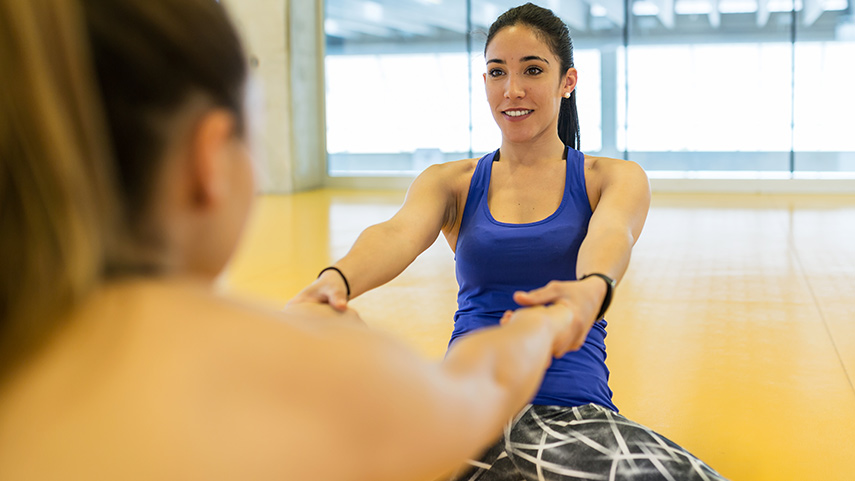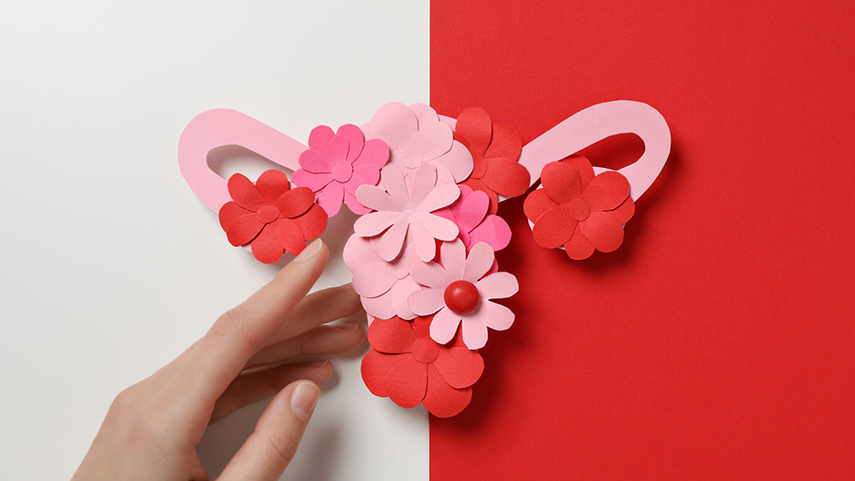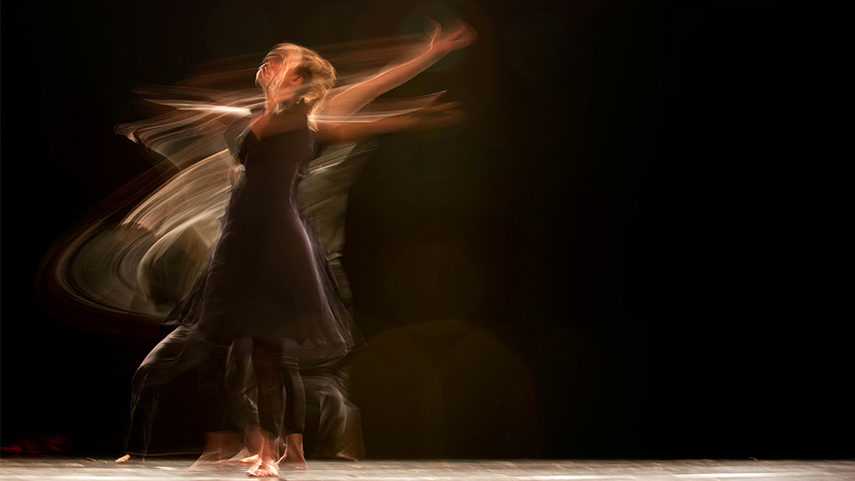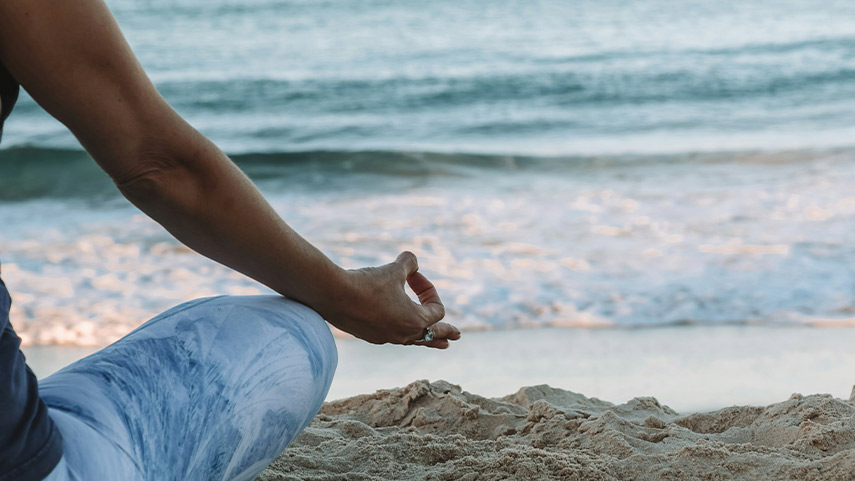Pilates or Performance? Why Slower Is Smarter
Let’s start with a question: when did Pilates become a light show? If your last class felt more like a nightclub than a studio, complete with pulsing music and someone yelling motivational slogans into a microphone, you might have accidentally signed up for what we (somewhat affectionately) call Fast-Food Pilates — all flash, no substance.
At Corpus Studios™, we see movement differently. We teach classical Pilates — the method as Joseph Pilates intended it. Slow, deliberate, intelligent. Not slow as in boring, but slow as in mindful. Because when it comes to building long-term strength and resilience, faster doesn’t mean better. It usually just means noisier.
The Roots of Real Pilates
Joseph Pilates called his method Contrology. The name alone suggests something a little more thoughtful than today’s spring-loaded spin-offs. The original practice was grounded in six principles: Concentration, Control, Centering, Precision, Breath, and Flow. None of these are compatible with flailing to the beat of club remixes.
Pilates was never meant to be another calorie-burning craze. It was designed to reconnect you to your body. Each movement had a purpose. Each breath, a reason. And while modern interpretations are welcome — movement evolves, after all — there’s a point where the essence gets lost entirely. That point tends to be somewhere between the flashing LEDs and the subwoofers.
The "Entertrainment" Era
We’re not saying fitness shouldn’t be fun. But somewhere along the way, the quiet power of mindful movement got replaced by what can only be described as exercise karaoke: music up, lights on, core engagement optional.
Entertrainment (yes, we said it) thrives on spectacle. Instructors become performers. Students try to keep up, often sacrificing technique for tempo. You sweat — a lot — but walk away wondering if anything actually changed beneath the surface.
We get it. It feels effective. The soreness the next day seems like proof. But pain isn’t progress. And a racing heart doesn’t mean your spine is aligned or your deep stabilisers are firing.
What Slowness Actually Gives You
Slowness invites you to pay attention. To notice how your ribcage moves when you breathe. To feel the subtle adjustments your pelvis makes as you roll up, inch by inch. It gives you space to learn — not just to move, but to move well.
At Corpus Studios™, we don’t chase reps. We teach precision. Because if you do one thing with total control and intention, that’s infinitely more valuable than ten rushed versions of the same exercise. The magic isn’t in doing more. It’s in doing it right.
No Microphones, Just Movement
You won’t find microphones in our studios. Our instructors don’t need them. We’re not leading a spin class. Instead, we speak clearly and personally — offering tailored guidance, subtle cues, real-time corrections. We watch. We listen. We teach.
The relationship between teacher and student in classical Pilates is grounded in presence. That’s hard to maintain when someone’s yelling over bass drops. Or when choreography takes priority over biomechanics.
But I Like the Energy…
Of course you do. High-energy classes are fun. The music’s catchy. The instructor is charismatic. And that group vibe? It’s contagious.
But let’s be clear: that doesn’t make it Pilates. It makes it a hybrid workout that borrows the equipment, strips out the nuance, and rebrands it as the next big thing. It’s not inherently bad — it’s just something else entirely.
Calling every spring-based workout “Pilates” is a bit like calling every pasta dish “Italian fine dining.” There’s a difference between home-cooked risotto and instant noodles. Both fill you up. Only one nourishes you.
This Isn’t About Elitism
This isn’t about purism or snobbery. It’s about honesty. If we call something Pilates, it should reflect the principles of the method. Otherwise, we’re not just watering it down — we’re misleading people. People who might come to it for injury recovery, for postnatal rehabilitation, for support in aging gracefully.
When they land in a disco disguised as a studio, we risk doing more harm than good.
So What’s the Alternative?
The alternative is what we do every day at Corpus Studios™. Thoughtful, structured, breath-led sessions that meet you where you are. We work with bodies of all ages and abilities.
We adjust. We listen. We challenge you — not with volume or speed, but with precision, depth, and the occasional humbling moment of “Oh wow, I didn’t know I had that muscle.”
The gains may be quieter. But they last longer.
Final Thoughts (Without the Flash)
We know that mindful movement doesn’t trend as easily on TikTok. That it’s harder to brand. Harder to sell. But that’s okay.
Because we’re not here to sell hype. We’re here to teach movement. The kind that leaves you walking taller, breathing deeper, and knowing your body a little better than before.
So next time you roll out your mat, ask yourself: am I here to perform — or to practice?
Slow might not be sexy. But it’s honest. And it works.
Come move with us.





